In Malay language, Wayang means “a theatrical performance employing puppets or human dancers”, commonly referred to Chinese street opera in Singapore.
Wayang also has roots in Indonesia and it translates to the “shadow” and when the term is used to refer to kinds of puppet theatre, sometimes the puppet itself is referred to as Wayang (3). Wayang is an open-air theatre performance that incorporates a wide range of art forms such as a song, mime, dance, acrobatics, and martial arts (2). Chinese opera performances were observed in Singapore in the 19th century when Chinese immigrants brought the art form into Singapore. Operas are typically performed as an art form for entertainment, as well as during religious occasions at temples and celebrations at clan associations (4).
One of the most famous opera houses was the Lai Chun Yuen theatre, the famous venue hosted opera stars from China and Hong Kong. The theatre was so prominent that the streets around it were given nicknames that circle around it. Smith Street was known as Hei Yuen Kai (Theatre Street), Temple Street was known as Hei Yuen Hau Kai (Back of Theatre Street), and Trengganu Street was known as Hei Yuen Wang Kai (Side of Theatre Street). The theatre, known as Lai Chun Yuen, was located at 36 Smith Street (5).
Lai Chun Yuen was built in 1887, located on Smith Street and designed in the style of a traditional Chinese teahouse. Theatre staged Chinese opera, specifically Cantonese opera twice a day. It was by far the most popular Chinese opera theatre in Singapore in the late 19th century (5).
The theatre was the epitome of vice as Smith Street was the red-light district back then. There were private cubicles designed for discreet activities and opium smoking was a common sight in the theatre. The Chinese considered opium smoking normal and in 1848, Singapore has 15,000 Chinese opium smokers. This represented one-third of the adult Chinese population (6).
In the late 1920s, movies were invented and introduced to the world. This had greatly impacted Lai Chun Yuen’s business as people preferred “talking films” as compared to opera shows. The increased in cinema halls in amusement parks like the Great World City was a competition to the opera house. The owner of the opera house wanted to include a movie room to ensure the opera house’s survival but eventually the opera house was rented to the Shaw Brothers and the opera house was renamed Sun Seng Theatre (6)
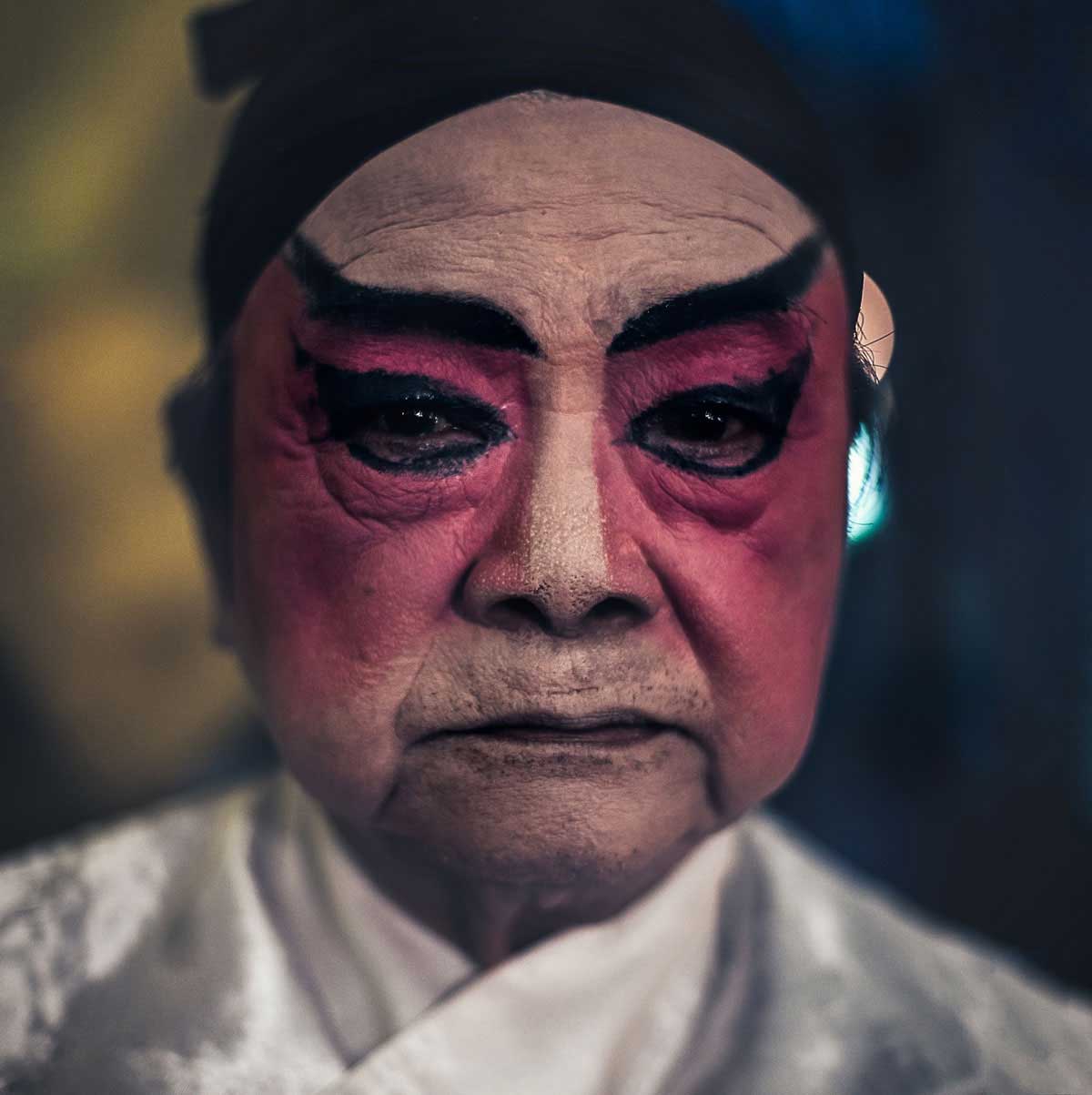
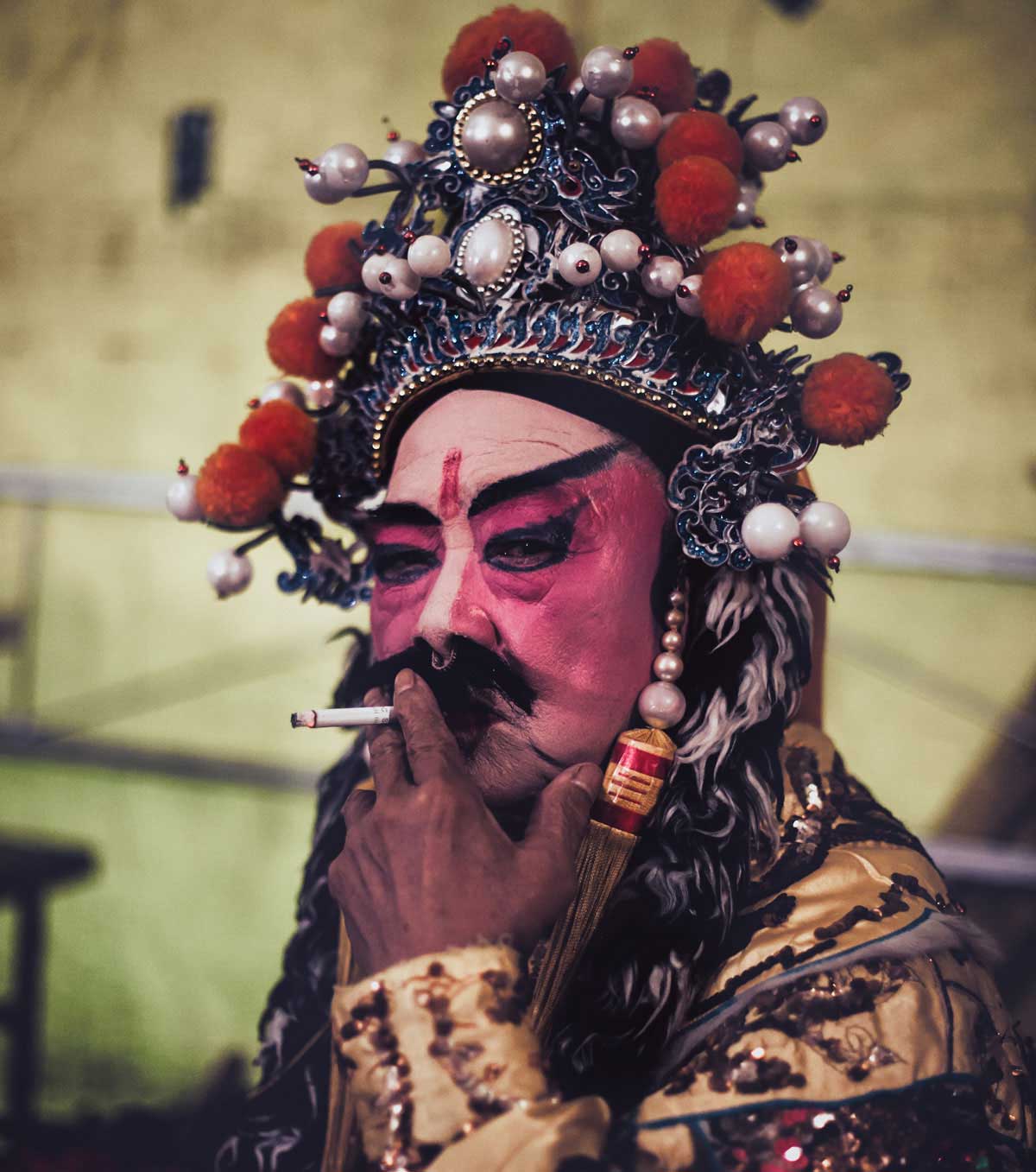
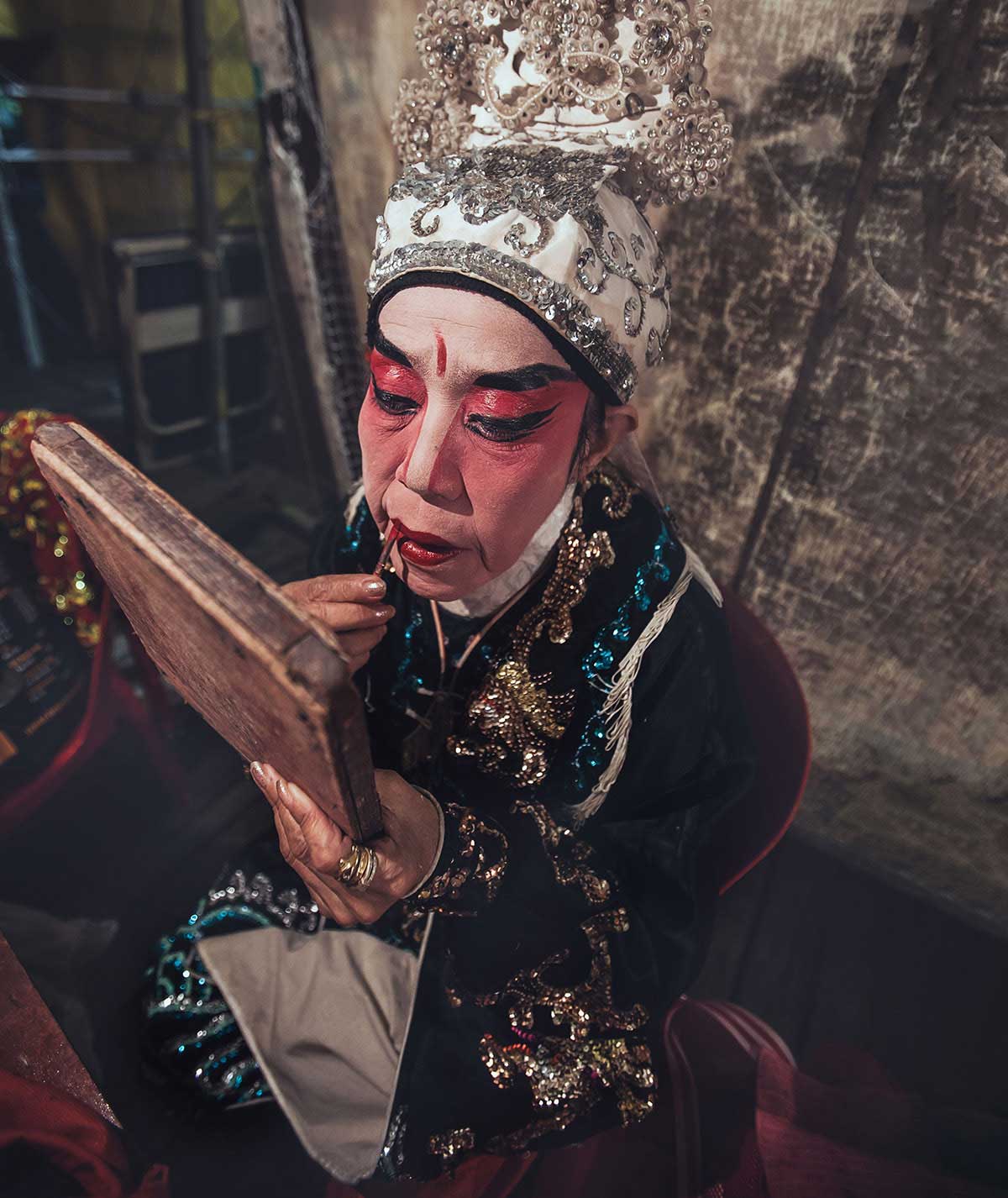
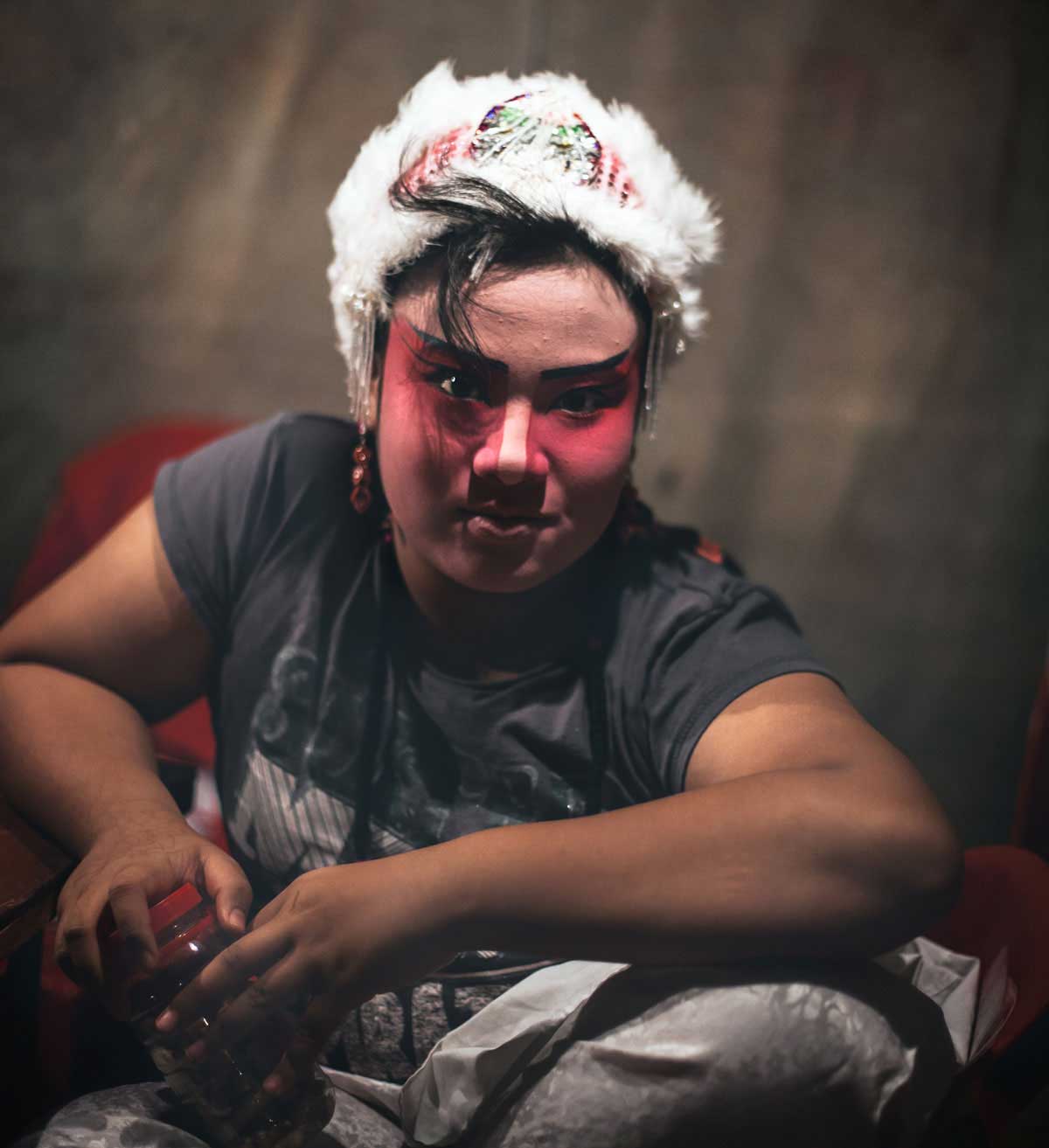
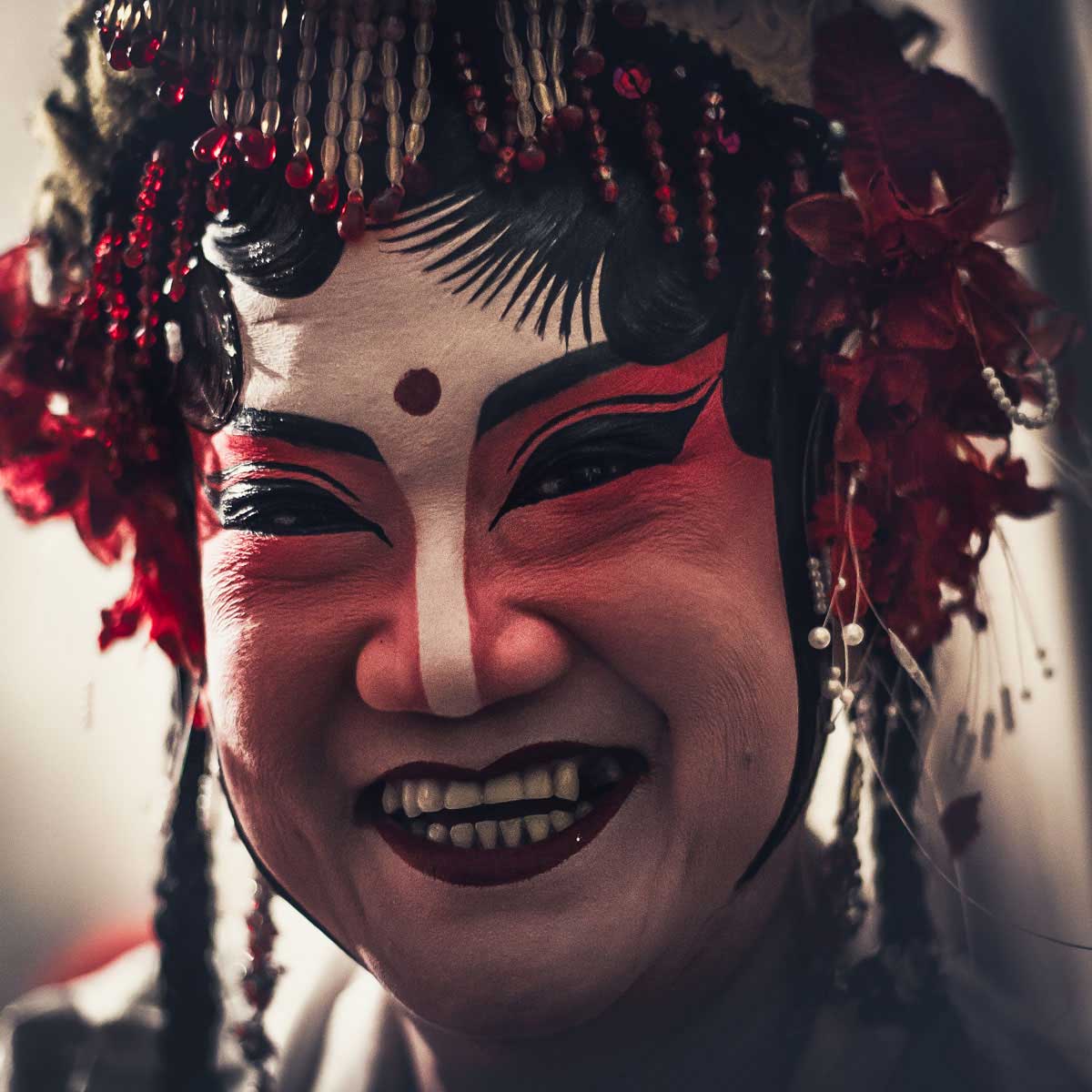
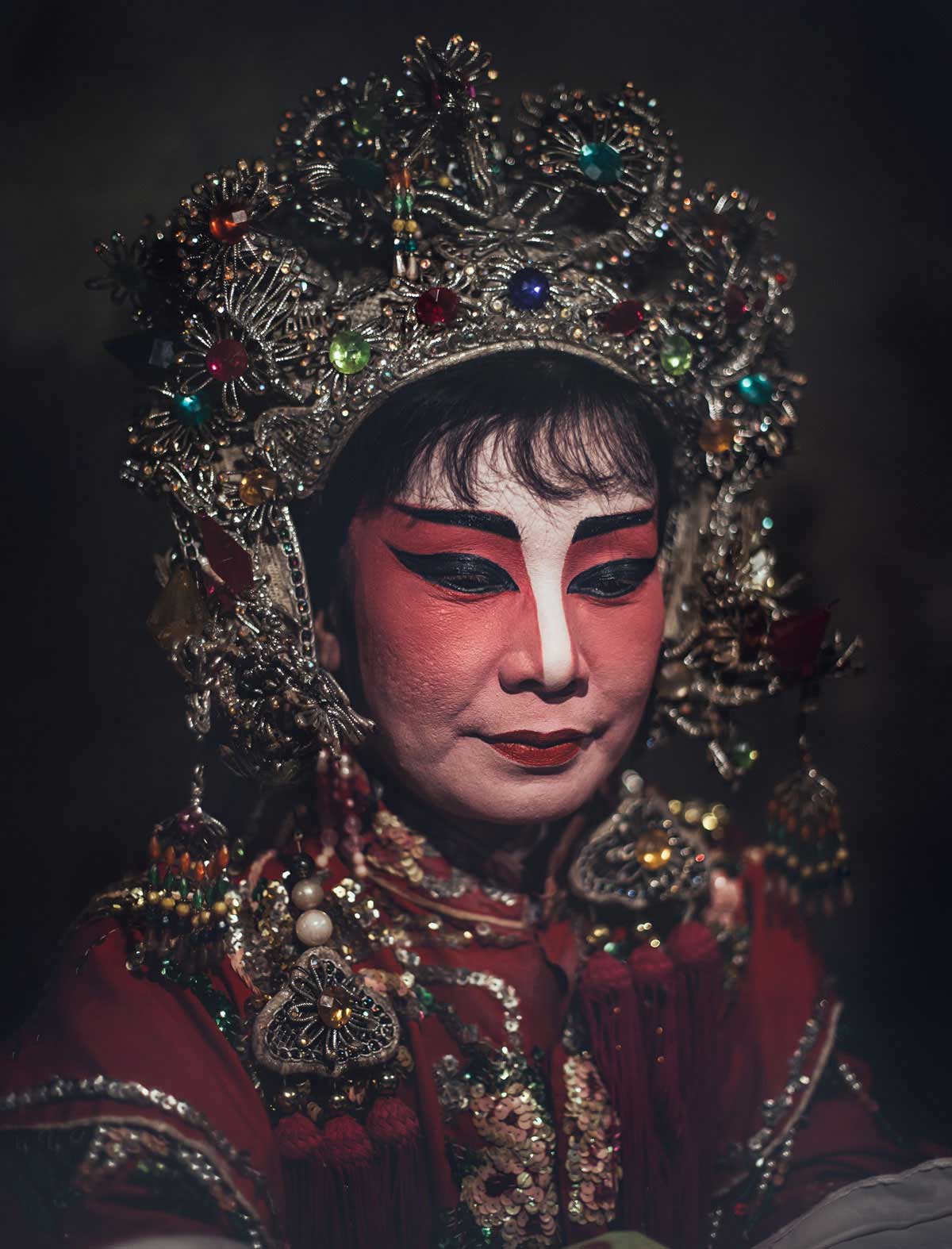
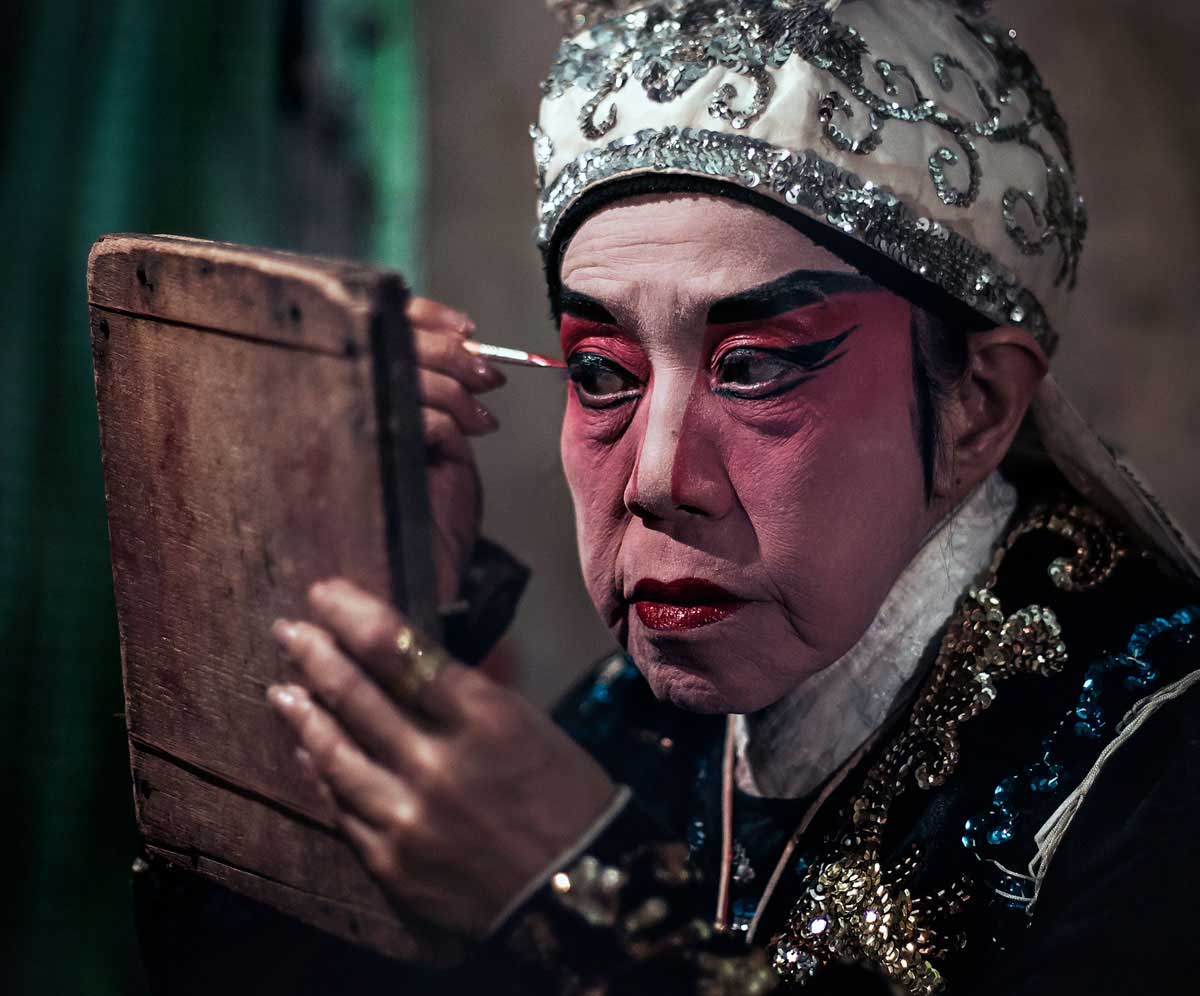
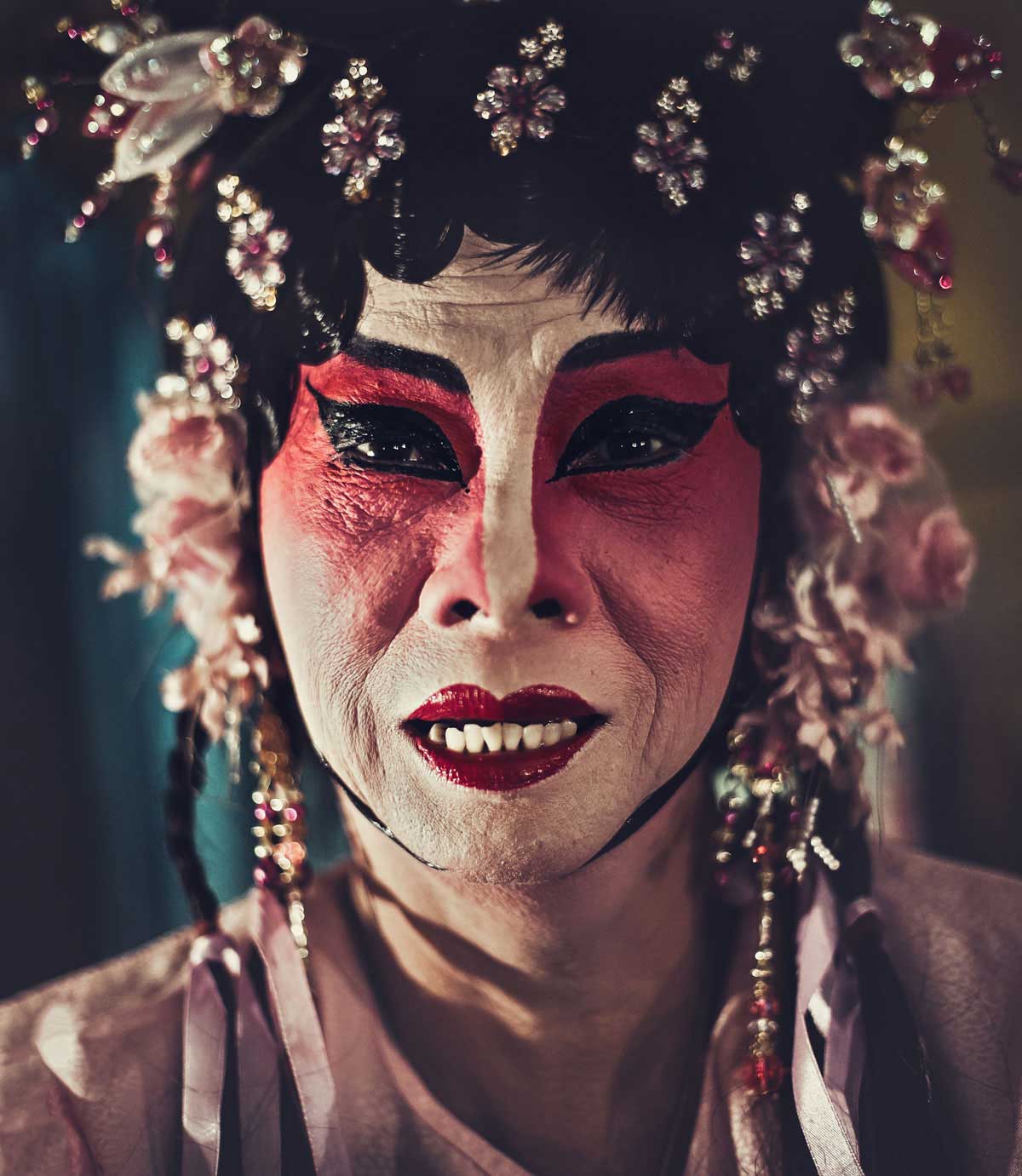
(1) National Library Board Singapore
http://eresources.nlb.gov.sg/infopedia/articles/SIP_1218_2011-06-28.html
(2) Chinese street opera in Singapore
https://lionraw.com/2013/09/04/chinese-street-opera-in-singapore/
(3) History of Wayang
http://shadowtheatre-ika.blogspot.com/2010/08/history-of-wayang-kulit.html
(4) Chinese Opera
https://roots.sg/intangible-cultural-heritage-inventory/performing-arts/chinese-opera
(5) Lai Chun Yuen – Famed Chinese Opera Theatre of the Past
https://www.ghettosingapore.com/lai-chun-yuen-famed-chinese-opera-theatre-of-the-past/
(6) Wikipedia
https://en.wikipedia.org/wiki/Lai_Chun_Yuen_Opera_House






